If you’ve ever applied moisturizer or deep conditioner to your hair, only to watch it sit on top of your strands instead of absorbing, you might have low porosity hair. This hair type can be stunningly healthy and strong, but it requires a different approach to care. Unfortunately, many people misunderstand low porosity hair, assuming it’s “dry” or “unhealthy” when in reality, it simply has a unique structure that resists moisture absorption.
Today, we’re breaking down what low porosity hair is, how to identify it, and the best ways to keep it moisturized, soft, and thriving plus, the products in our Low Porosity Collection that make the process easier.
Understanding Low Porosity Hair
Low porosity hair means your hair’s cuticle layer lies flat and tightly bound, making it difficult for moisture to penetrate the shaft. Think of your strands like a tightly closed door—water and products have a hard time getting in, but once moisture is inside, it tends to stay there longer than in high porosity hair.
Key characteristics of low porosity hair:
-
Water beads up on the hair instead of absorbing quickly.
-
Products seem to “sit” on the hair, leaving a residue.
-
Hair takes longer to dry after washing.
-
Strands may feel coated if heavy products are used too often.
While these traits can be frustrating, low porosity hair is often strong, resilient, and less prone to breakage—as long as it’s cared for with the right techniques and products.
Common Misconceptions About Low Porosity Hair
One of the biggest myths about low porosity hair is that it’s “always dry.” In truth, low porosity hair can be well-moisturized, it just doesn’t look the same as other hair types after hydration because moisture takes more time to enter the strand.
Another misconception is that you need to pile on heavy creams and oils to get moisture in. This can actually worsen the problem, leaving your hair feeling greasy and weighed down. Low porosity hair thrives on lightweight hydration and methods that gently open the cuticle for better absorption.
Best Practices for Caring for Low Porosity Hair
1. Use Heat to Help Moisture Penetrate
Heat opens the hair cuticle, making it easier for water and products to enter. When deep conditioning, cover your hair with a plastic cap and sit under a hooded dryer or use a heated cap for 15–30 minutes.
-
Try our Restore Intense Deep Treatment — packed with nourishing ingredients, it works even better when paired with gentle heat to help it penetrate deeply.
2. Choose Lightweight Moisturizers
Low porosity hair absorbs lighter products more easily than heavy butters and creams. Look for water-based leave-in conditioners and creams with humectants like aloe vera or glycerin.
-
Our Nourish Moisturizing Cream is perfect for daily hydration without buildup—it smooths the cuticle, softens strands, and provides lasting moisture.
3. Avoid Product Buildup
Since low porosity hair doesn’t absorb products quickly, buildup can happen fast, leaving your hair feeling coated and dull. Use a gentle clarifying treatment once or twice a month to reset your strands.
-
The 3-in-1 Miracle Clay Wash is a great detox option—it removes buildup while still keeping your hair soft and manageable.
4. Incorporate Steam Treatments
Steam infuses moisture into your strands while gently lifting the cuticle. This is especially helpful before applying your deep conditioner, so your hair is prepped to absorb it more effectively.
5. Layer Products the Right Way
For best results, follow the LCO method (Liquid, Cream, Oil) for moisture retention. Start with a water-based leave-in, follow with a lightweight cream, and finish with a sealing oil.
Product Spotlight for Low Porosity Hair
Every product in our Low Porosity Hair Collection is designed to meet the unique needs of strands that resist moisture.
-
Deep Conditioning Hero: Restore Intense Deep Treatment — Replenishes moisture and nutrients for softer, more manageable hair.
-
Daily Moisture: Nourish Moisturizing Cream — Lightweight yet powerful for daily hydration without buildup.
-
Buildup Buster: 3-in-1 Miracle Clay Wash — Cleanses, detoxes, and conditions in one step to keep strands fresh and ready for moisture.
-
Seal & Protect: Supple Twisting Butter — Ideal for twist-outs or braid-outs, locking in moisture for days.
-
Seal & Protect – Lightweight Option: Invigorate Sealing Oil — Lightweight oil blend that seals in hydration without weighing hair down, perfect for finer strands or when you want a softer finish.
Changing the Way We See Low Porosity Hair
Low porosity hair isn’t “difficult”, it’s different. By learning how it works, you can choose products and routines that actually serve your strands instead of fighting against them. This understanding also helps challenge the idea that all healthy hair must “look” the same.
If you have low porosity hair, embrace its strengths, resilience, moisture retention, and the ability to hold styles for days. With the right approach, your hair will not only feel soft and healthy, it will thrive.
Work With Your Hair, Not Against It
Caring for low porosity hair is about strategy, patience, and the right tools. By incorporating heat during treatments, using lightweight products, and keeping buildup at bay, you’ll unlock the full beauty of your strands.
Embrace your unique texture, understand its needs, and watch your hair flourish. Explore our Low Porosity Hair Collection to find products that make low porosity care easy, effective, and enjoyable.
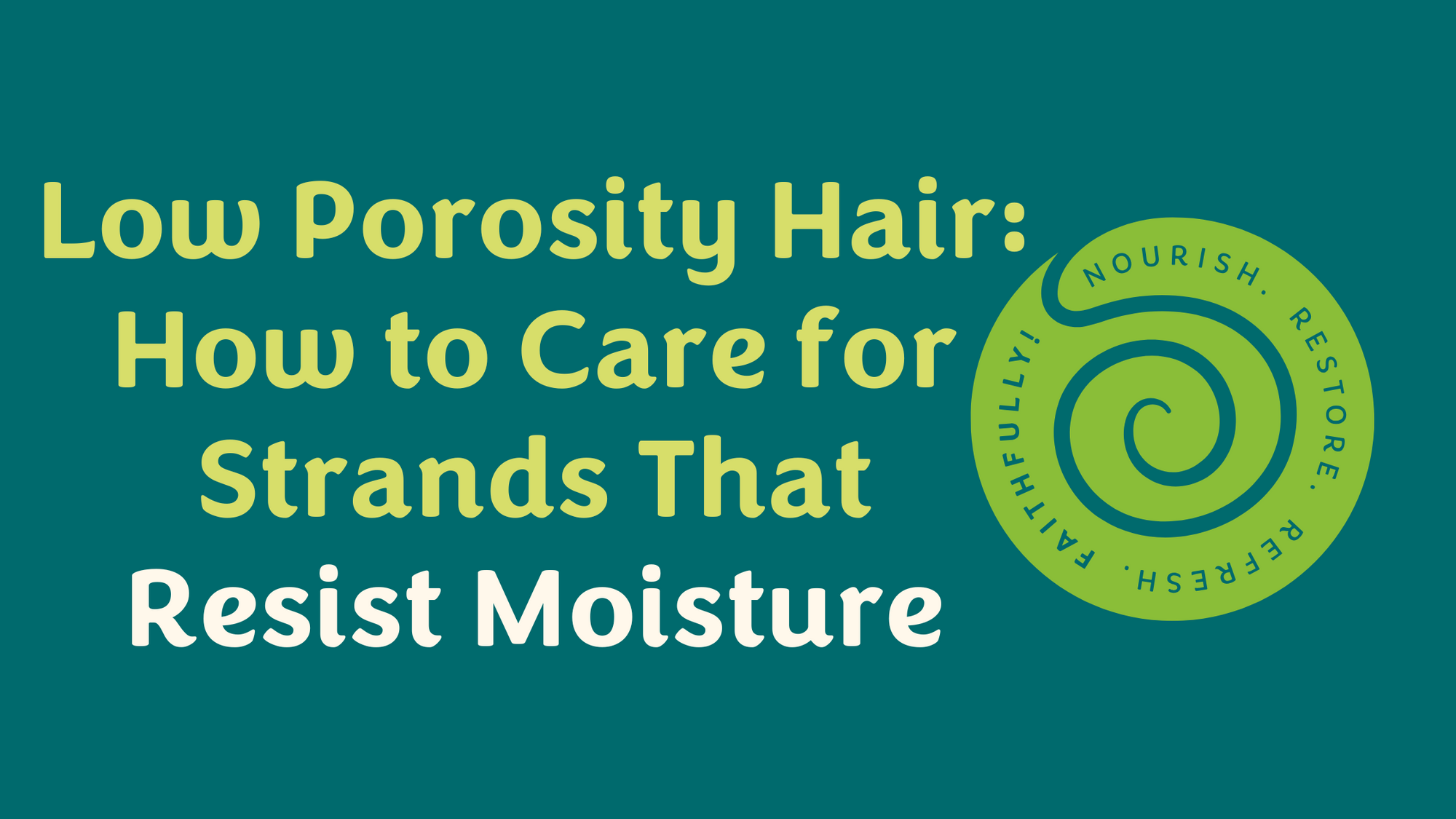
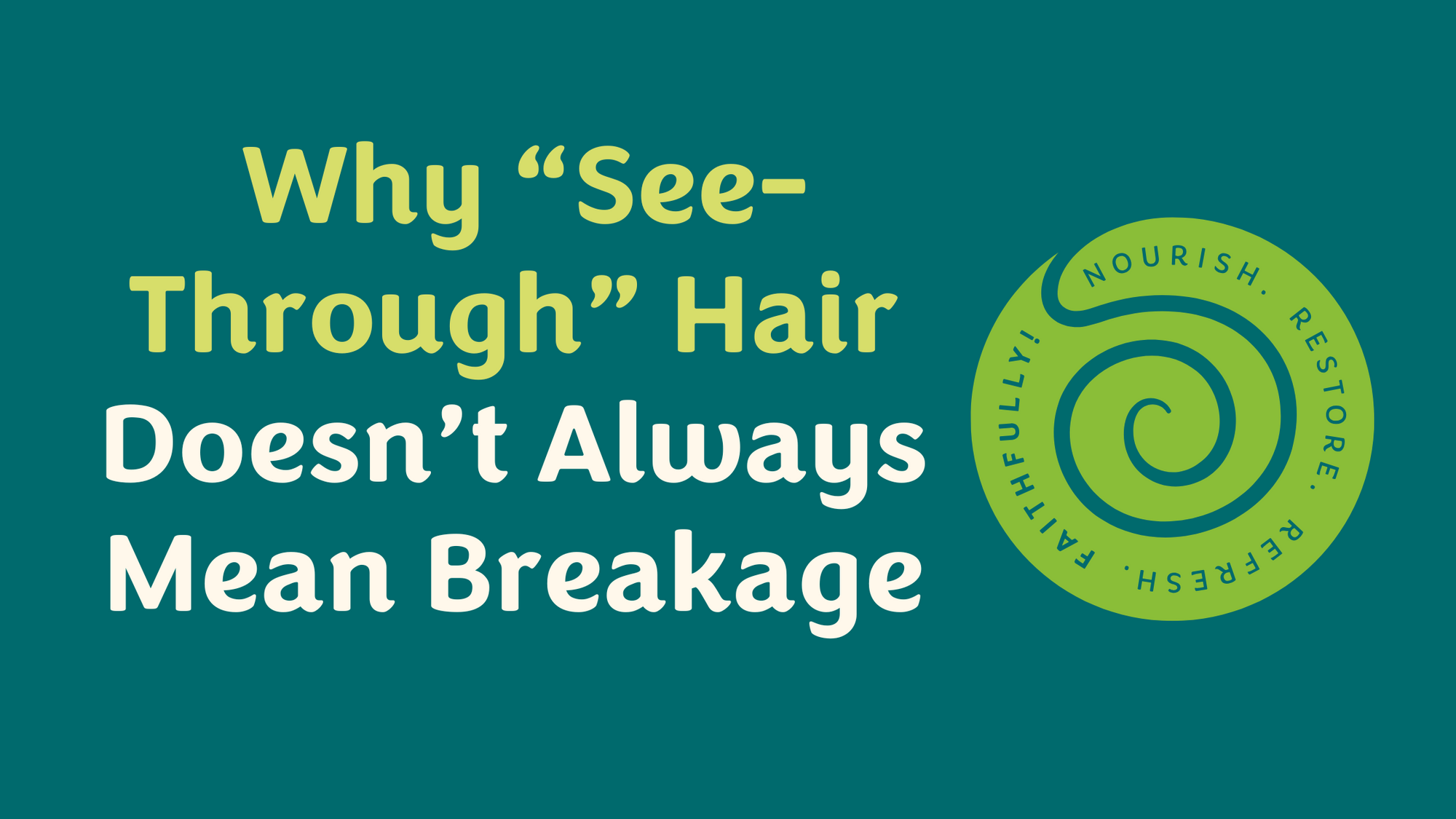

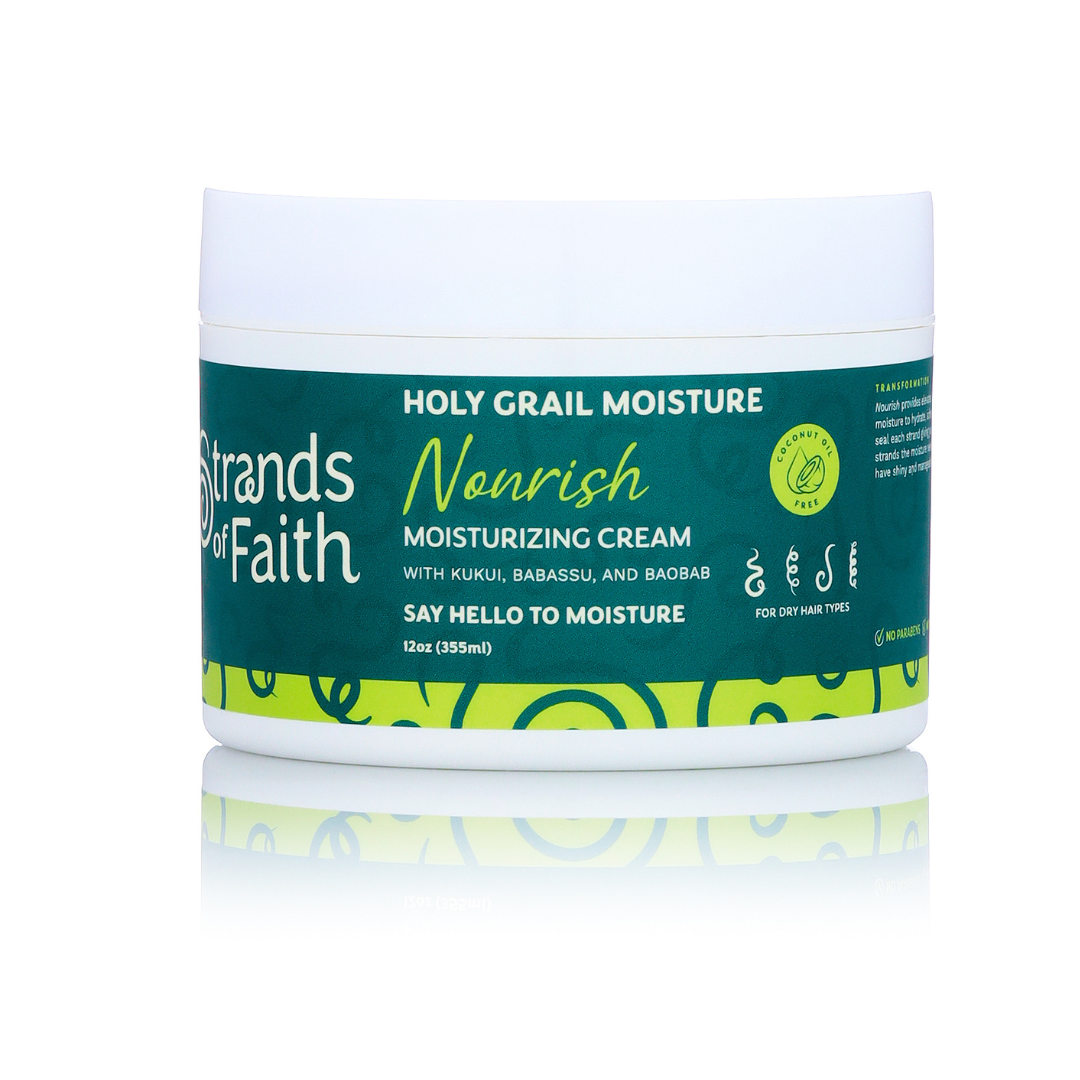
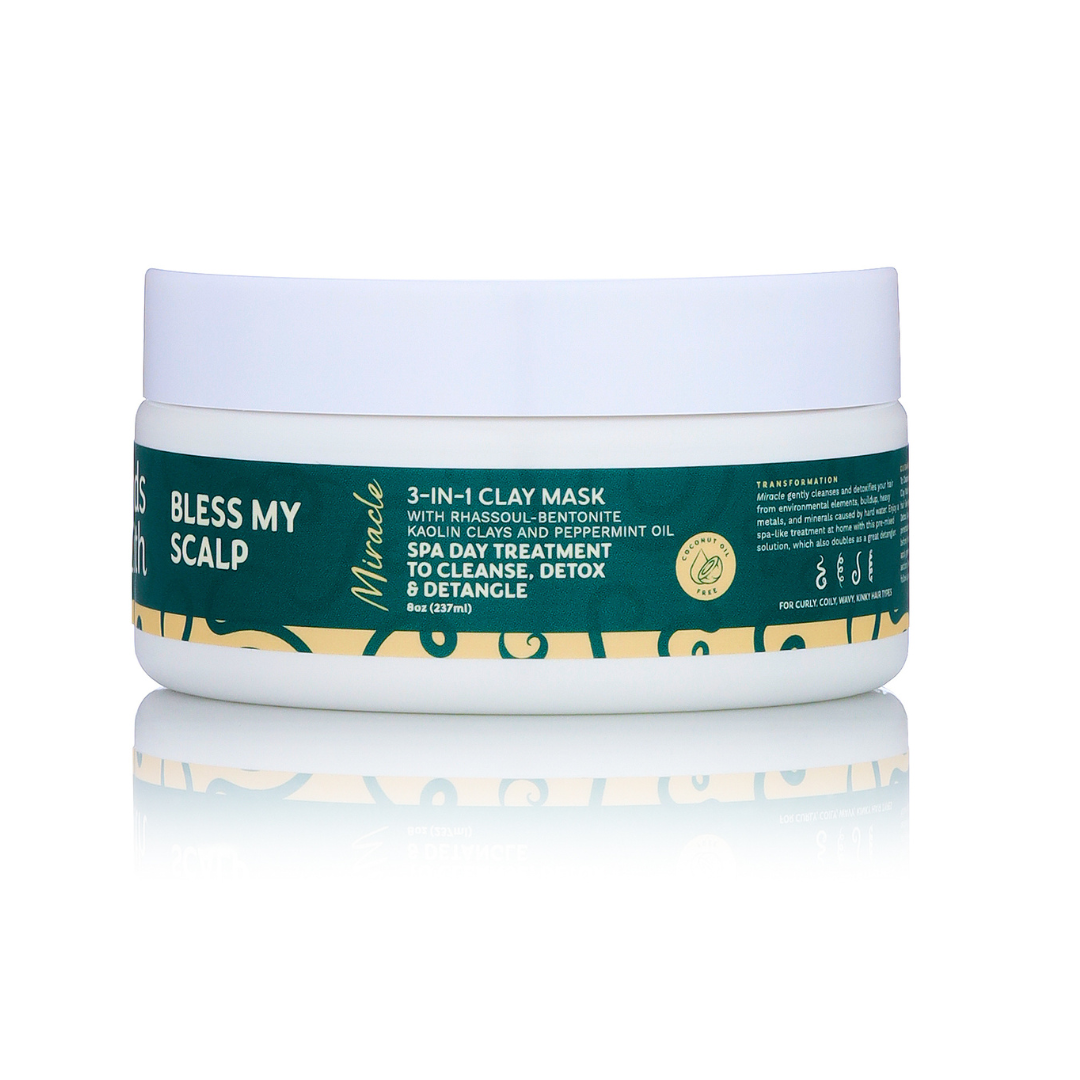
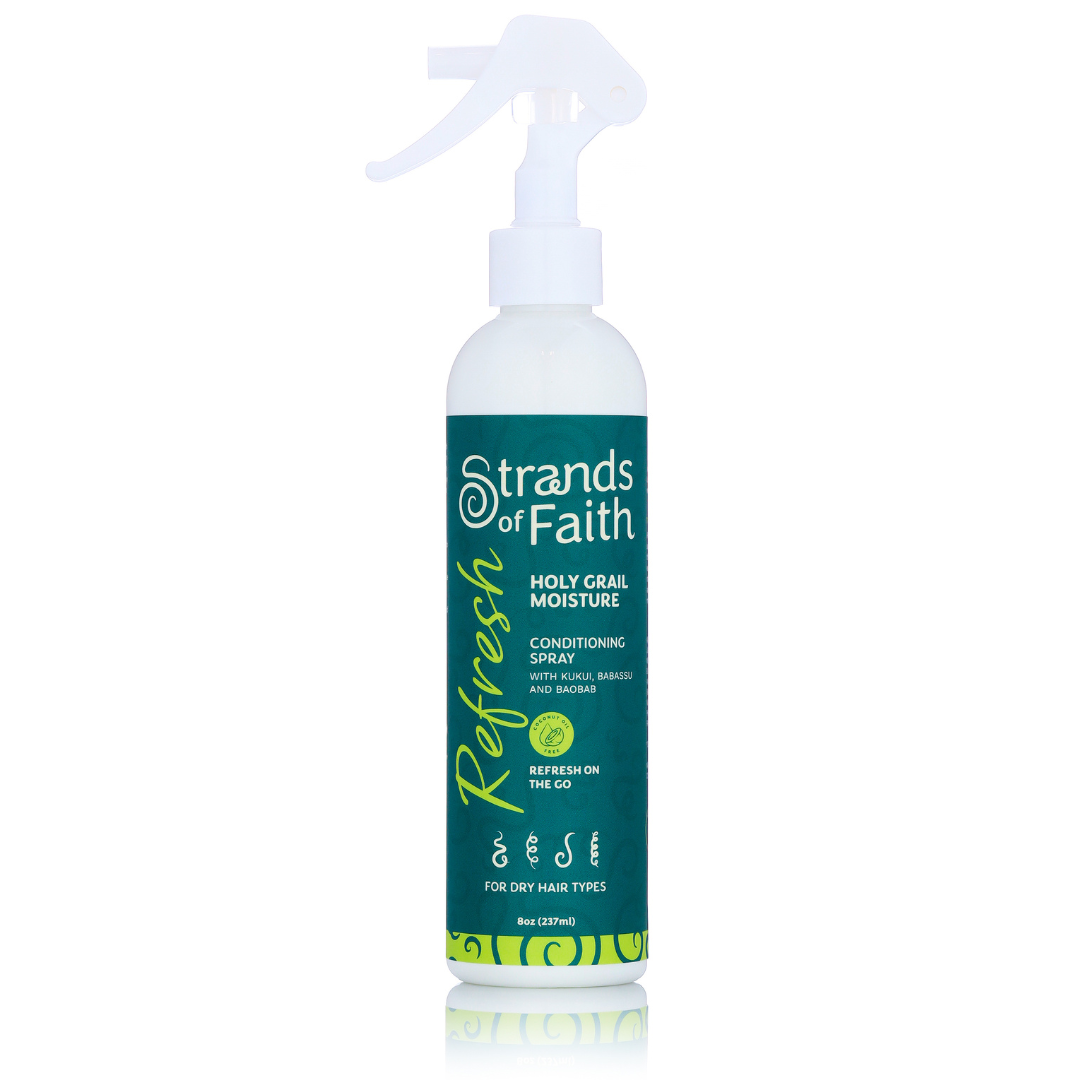
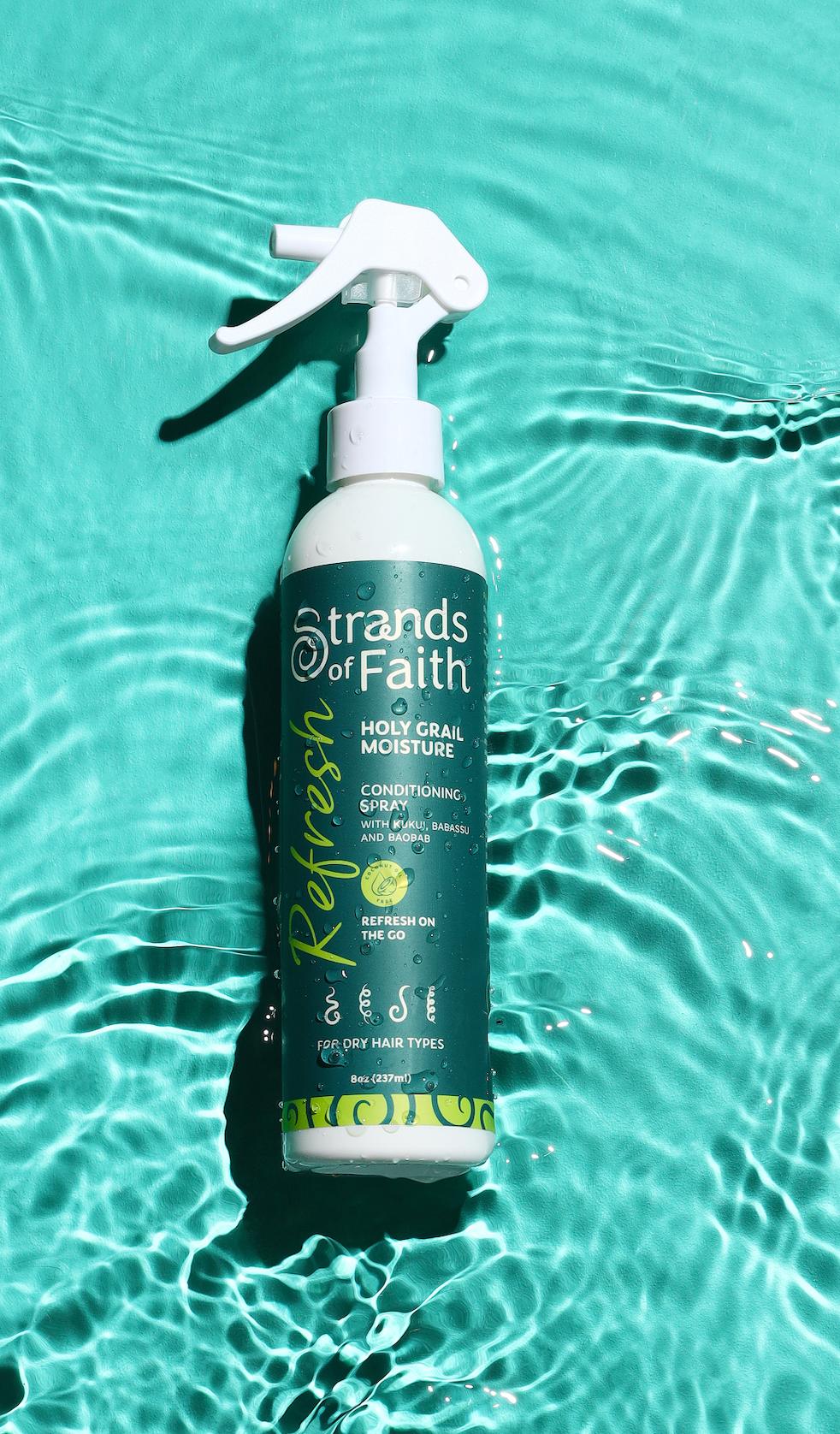


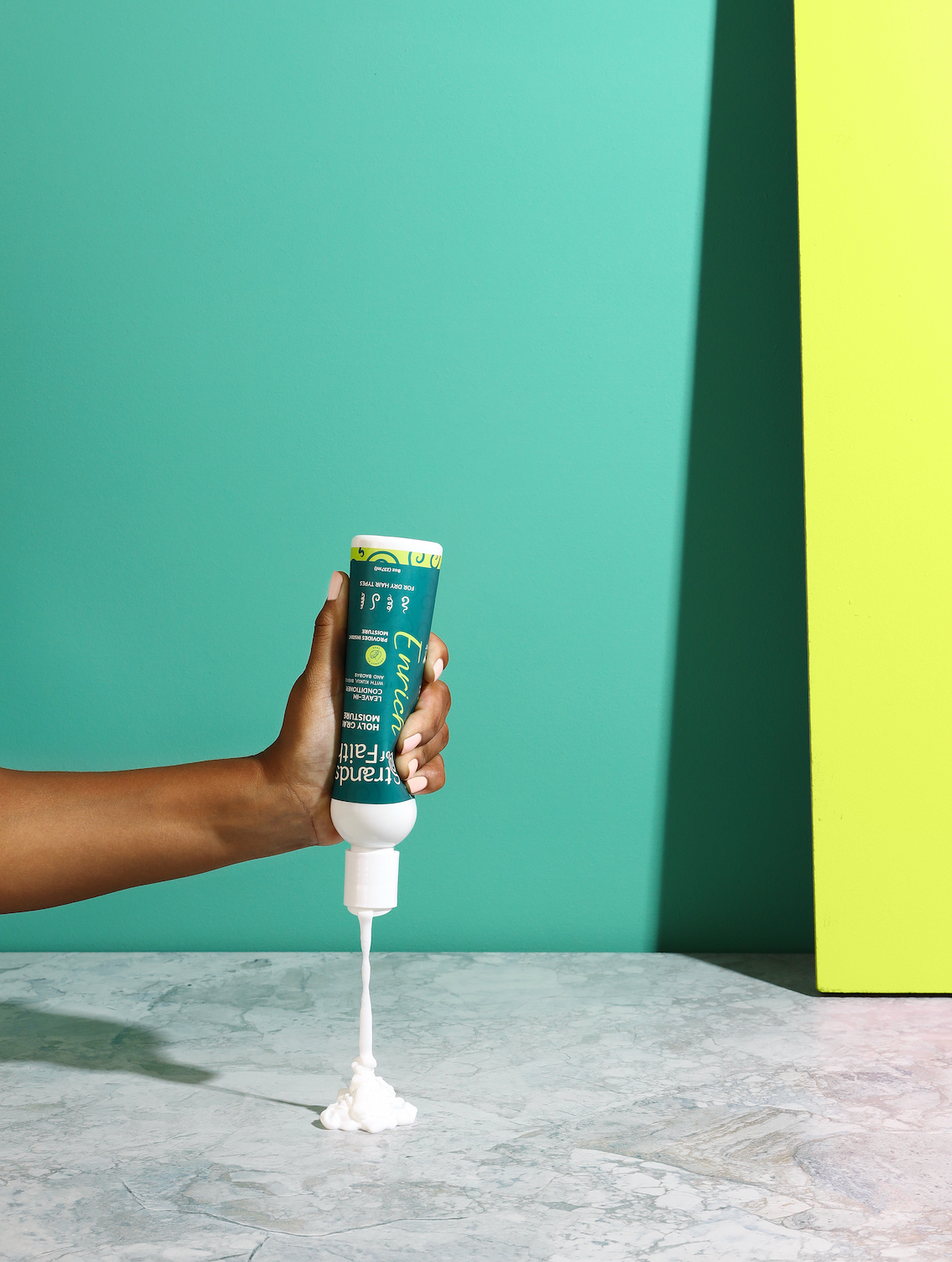
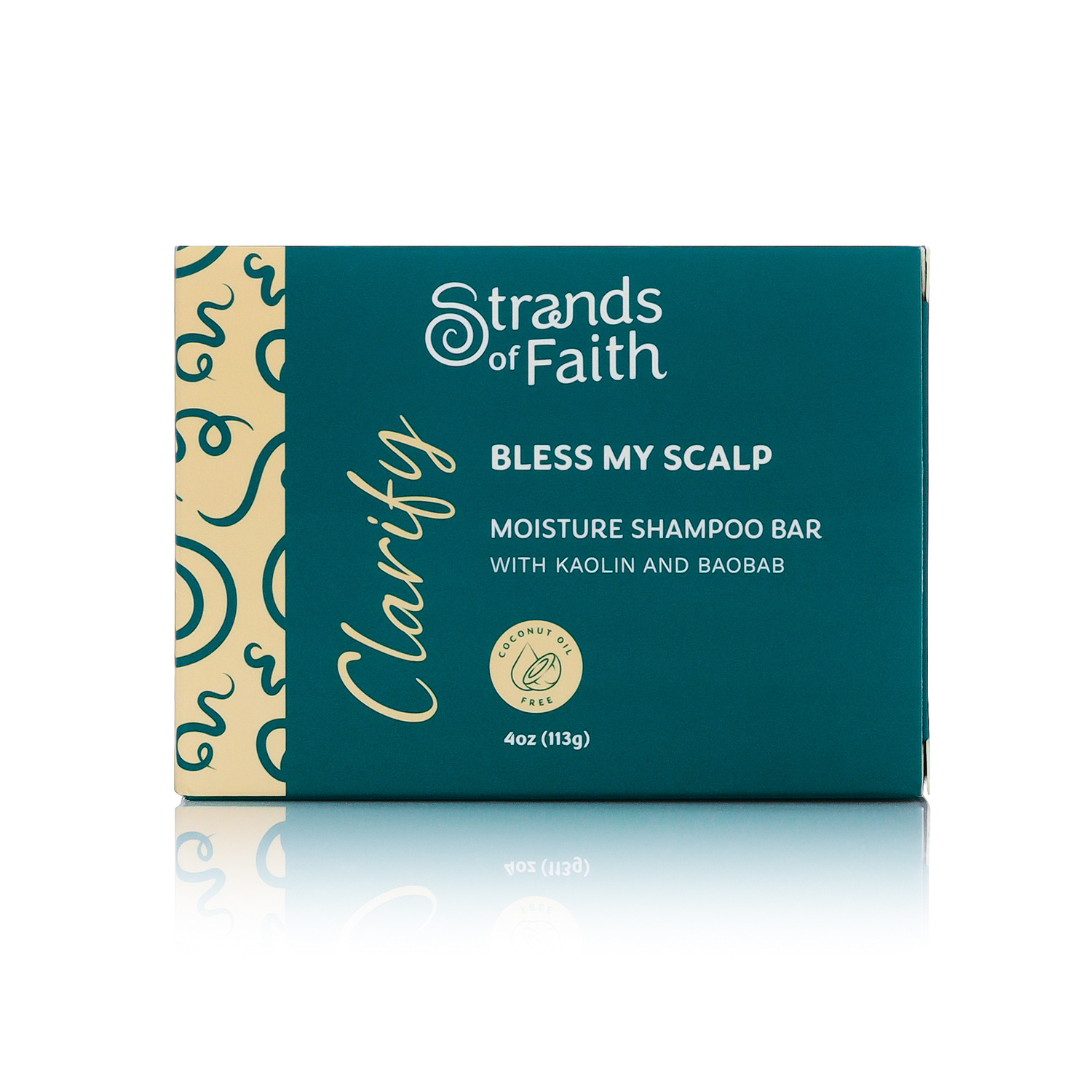
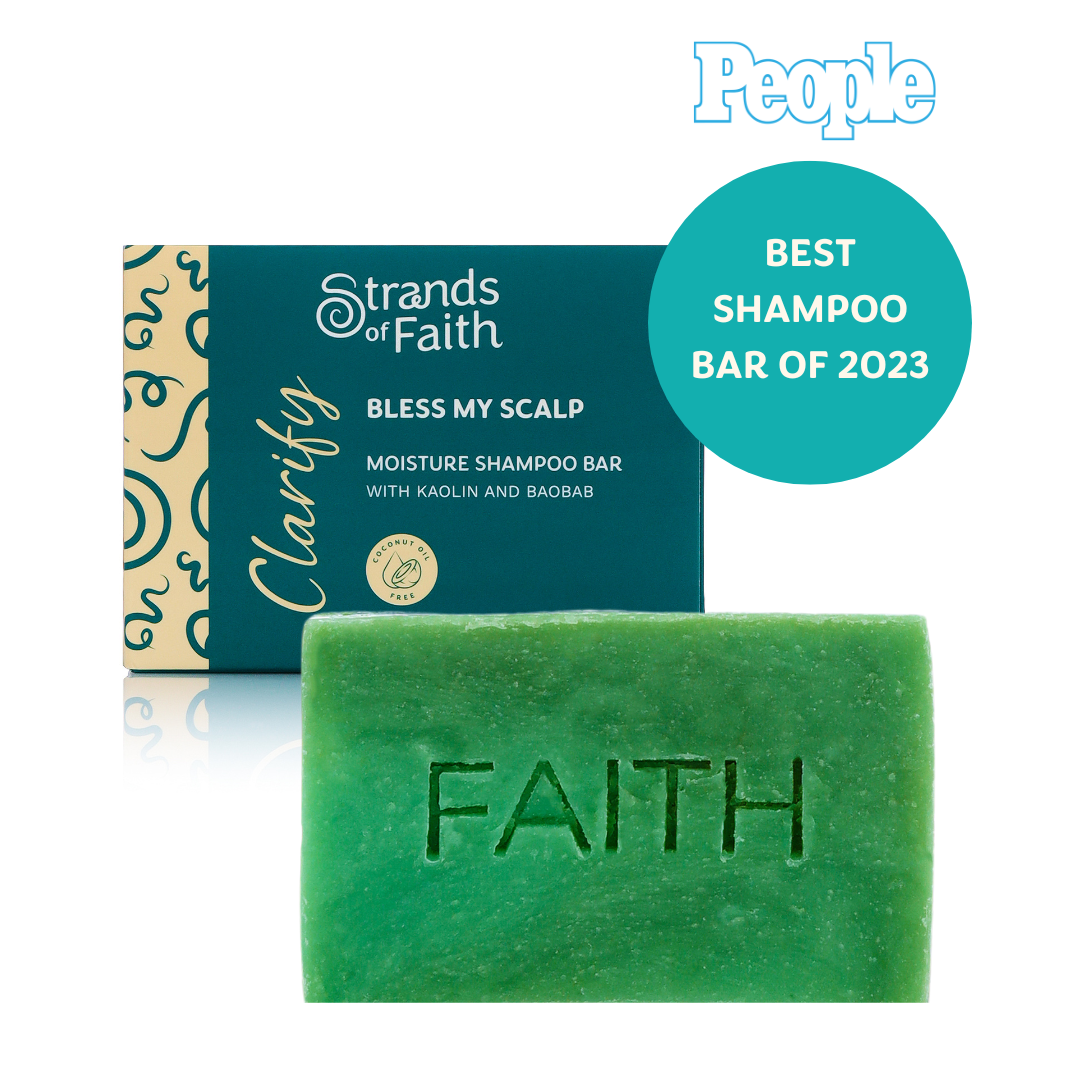
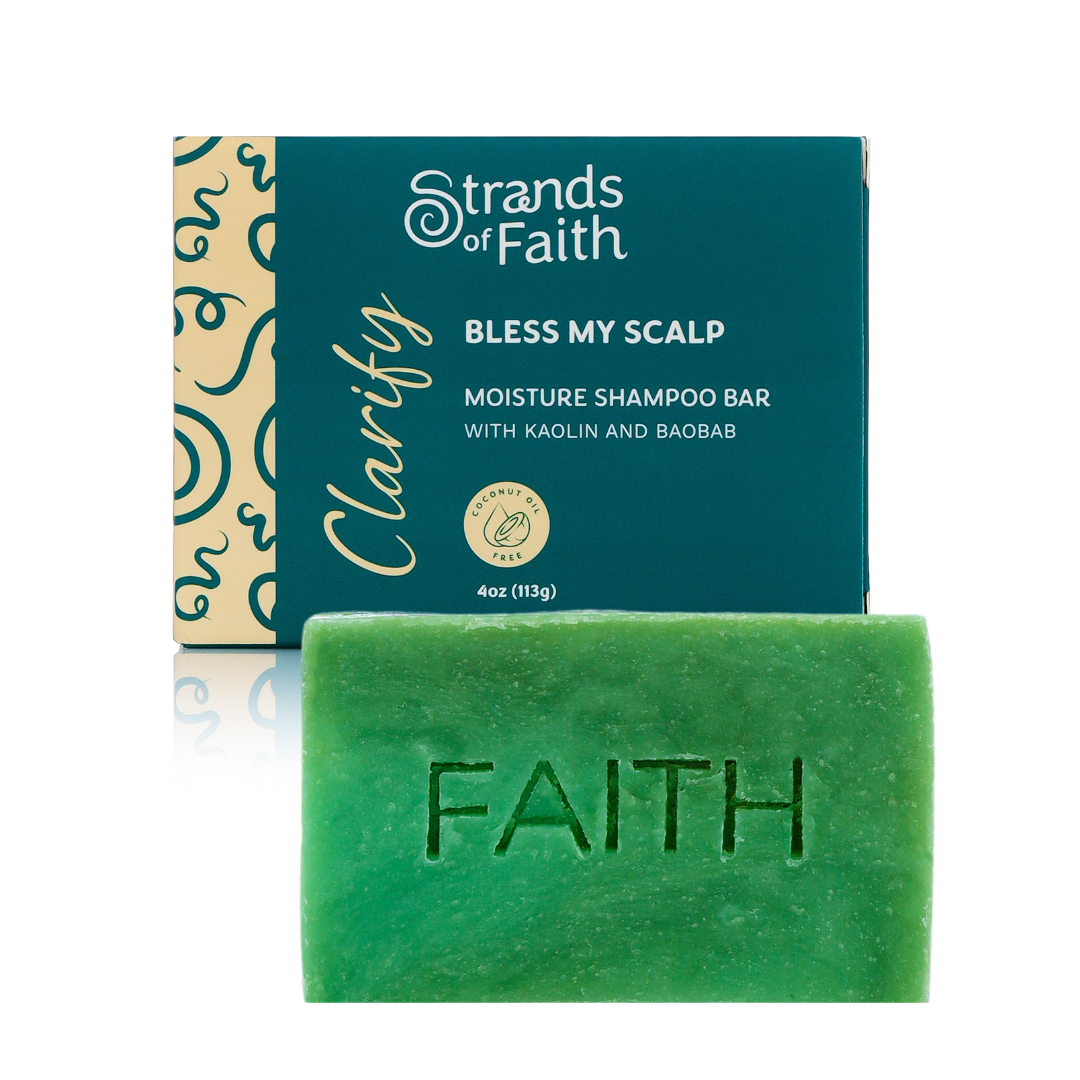
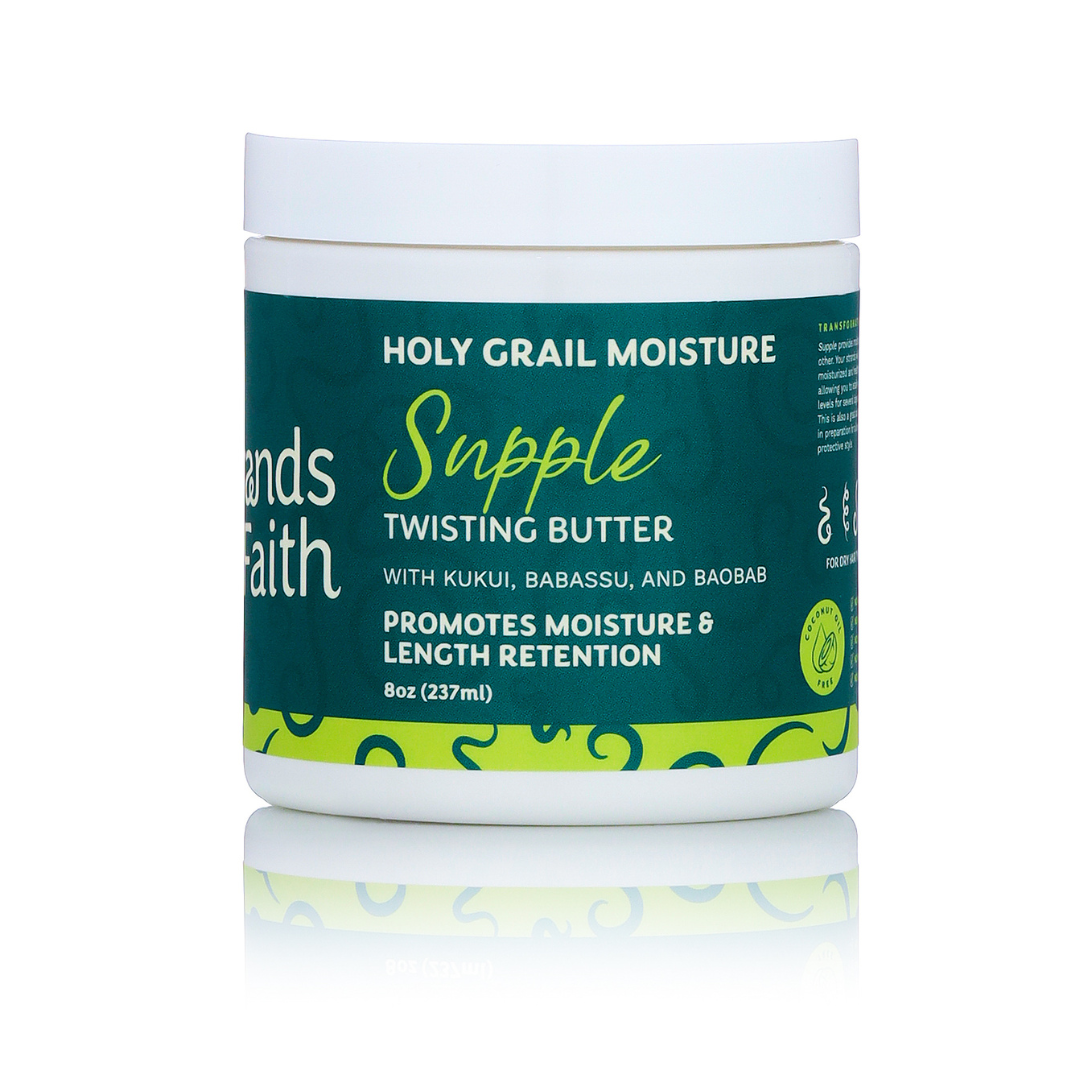
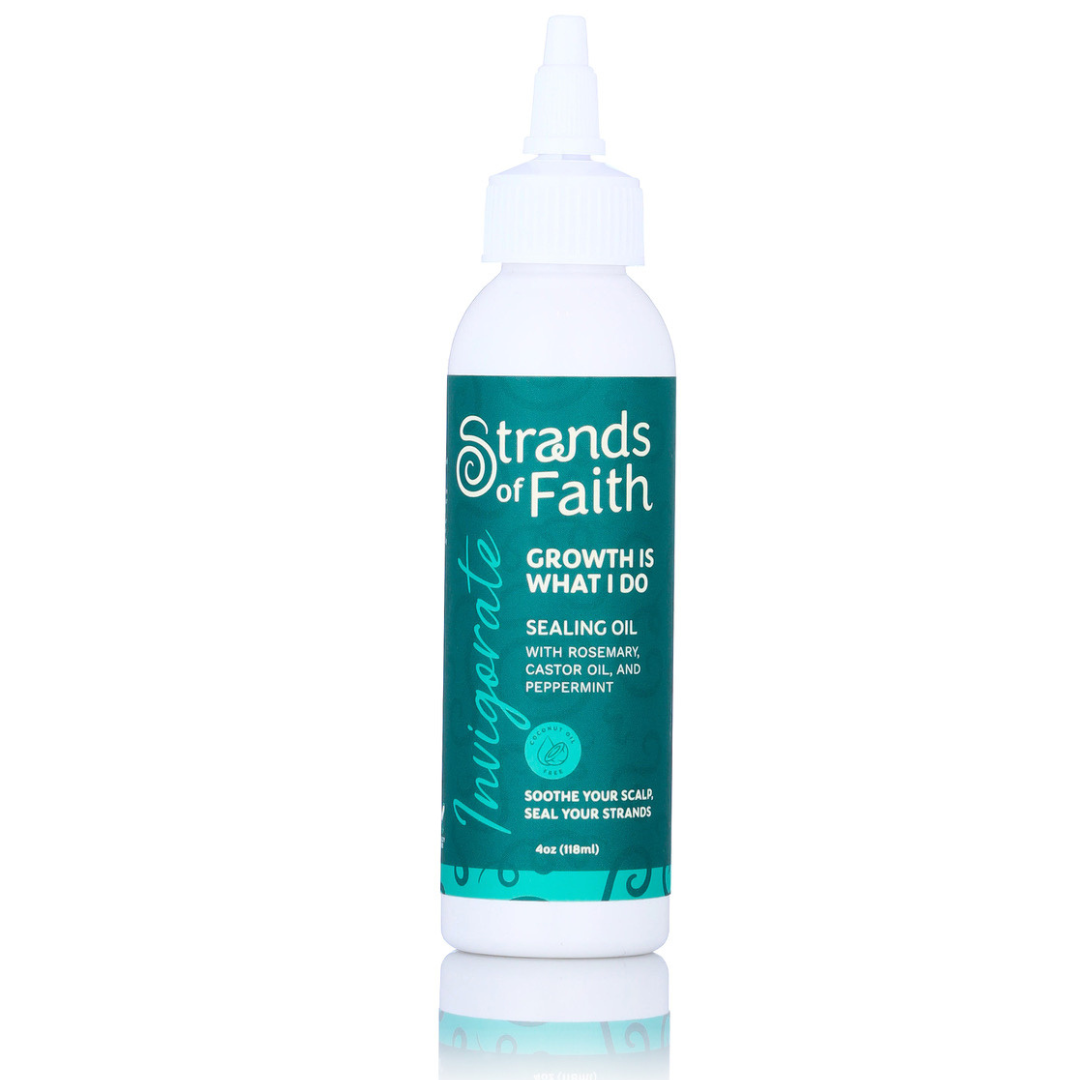
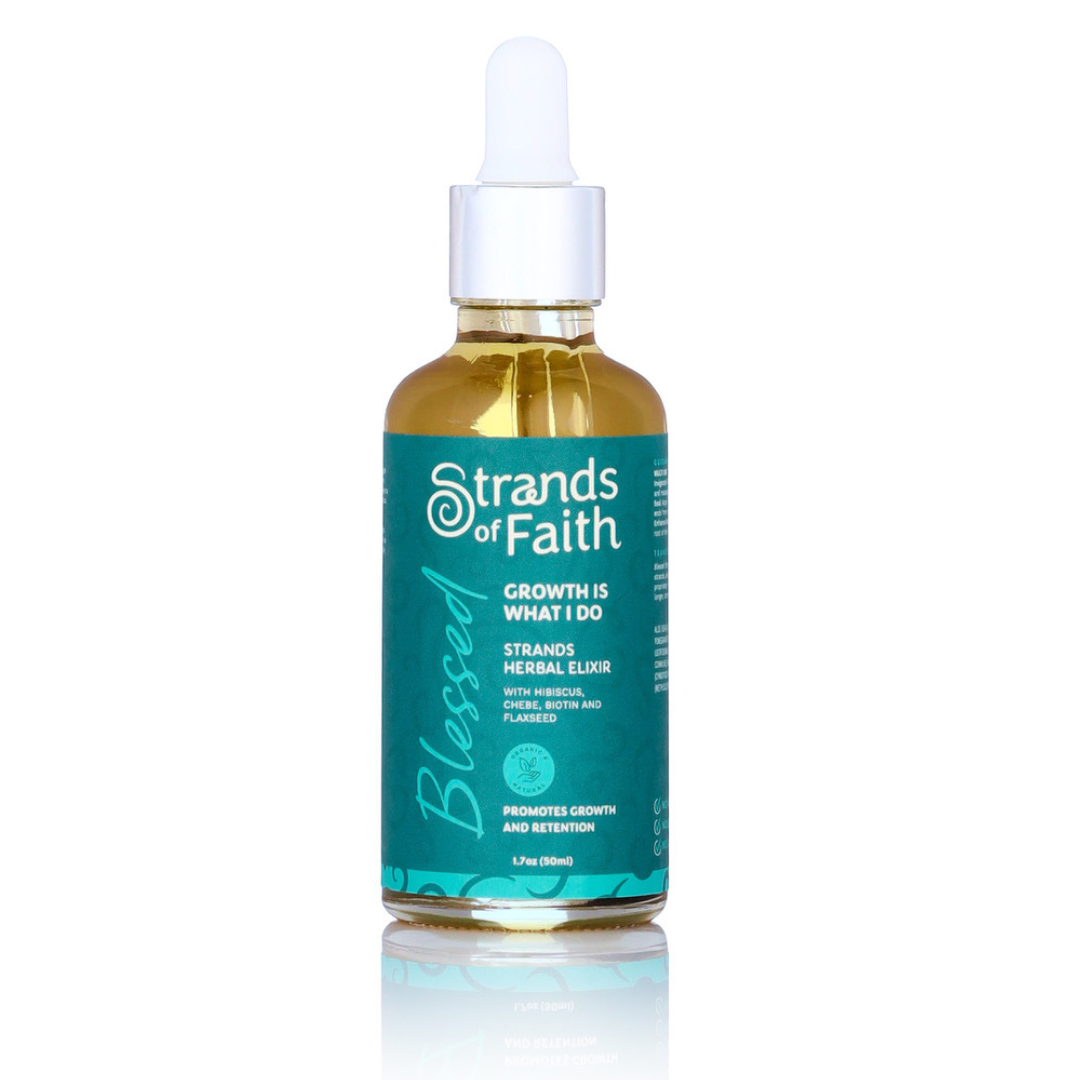
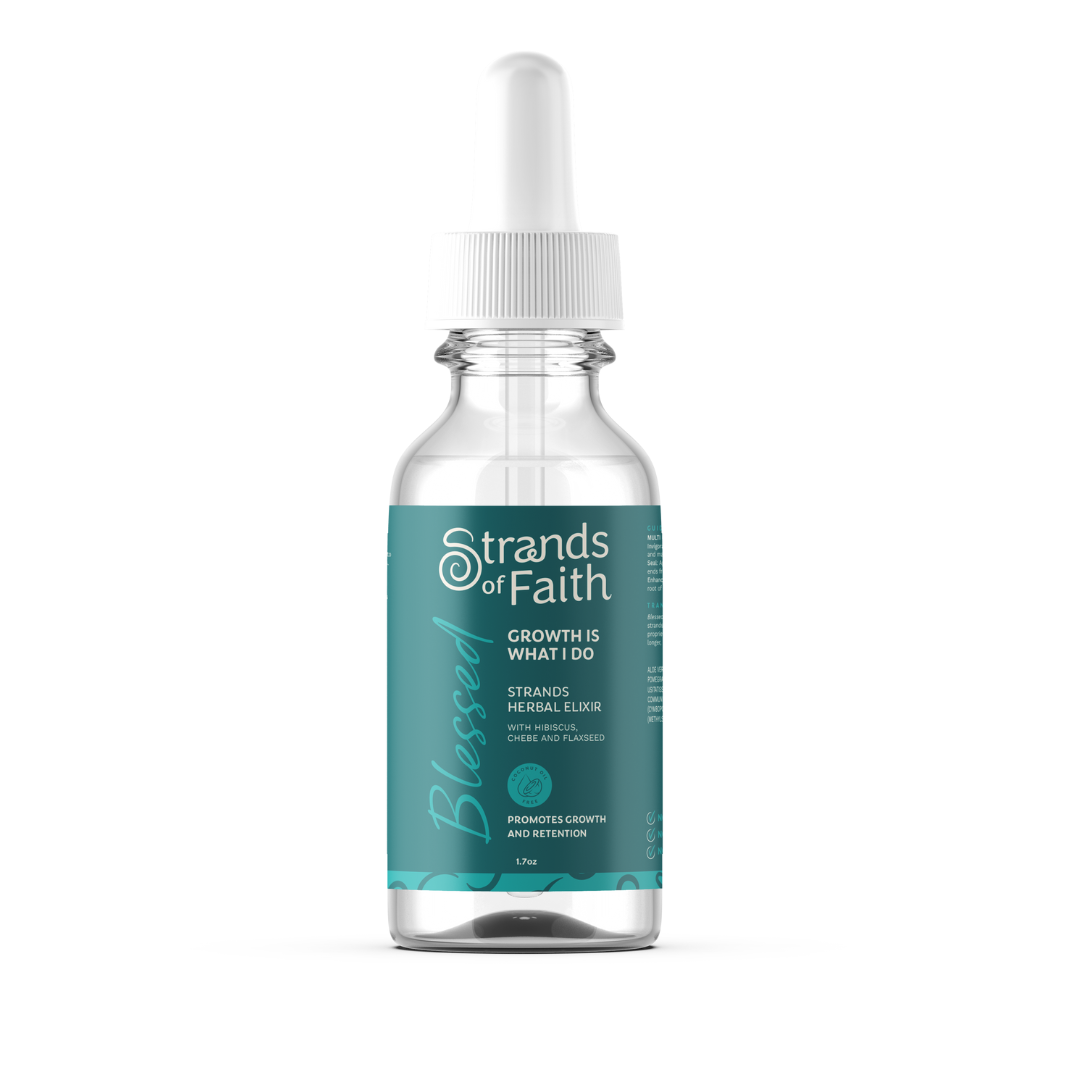

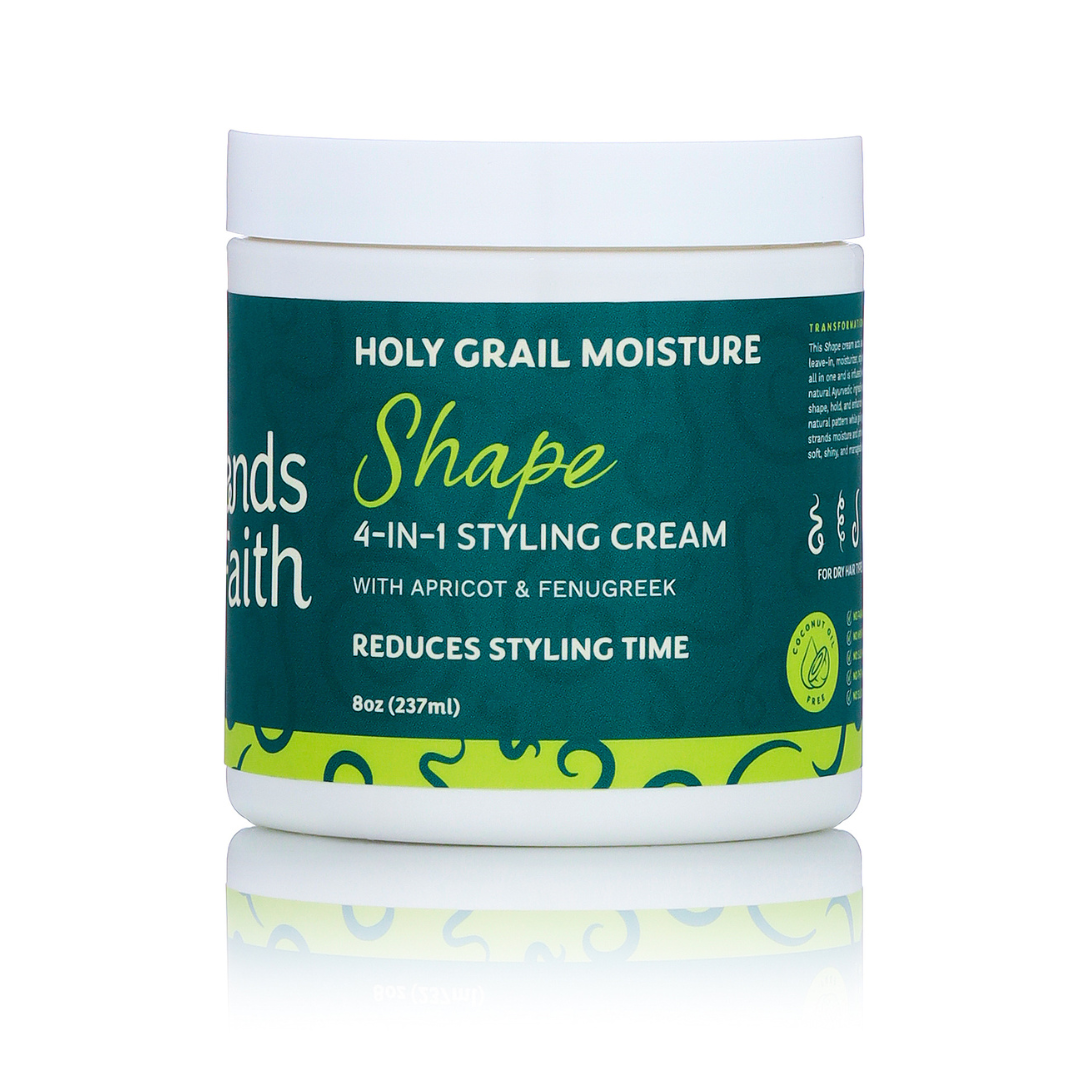
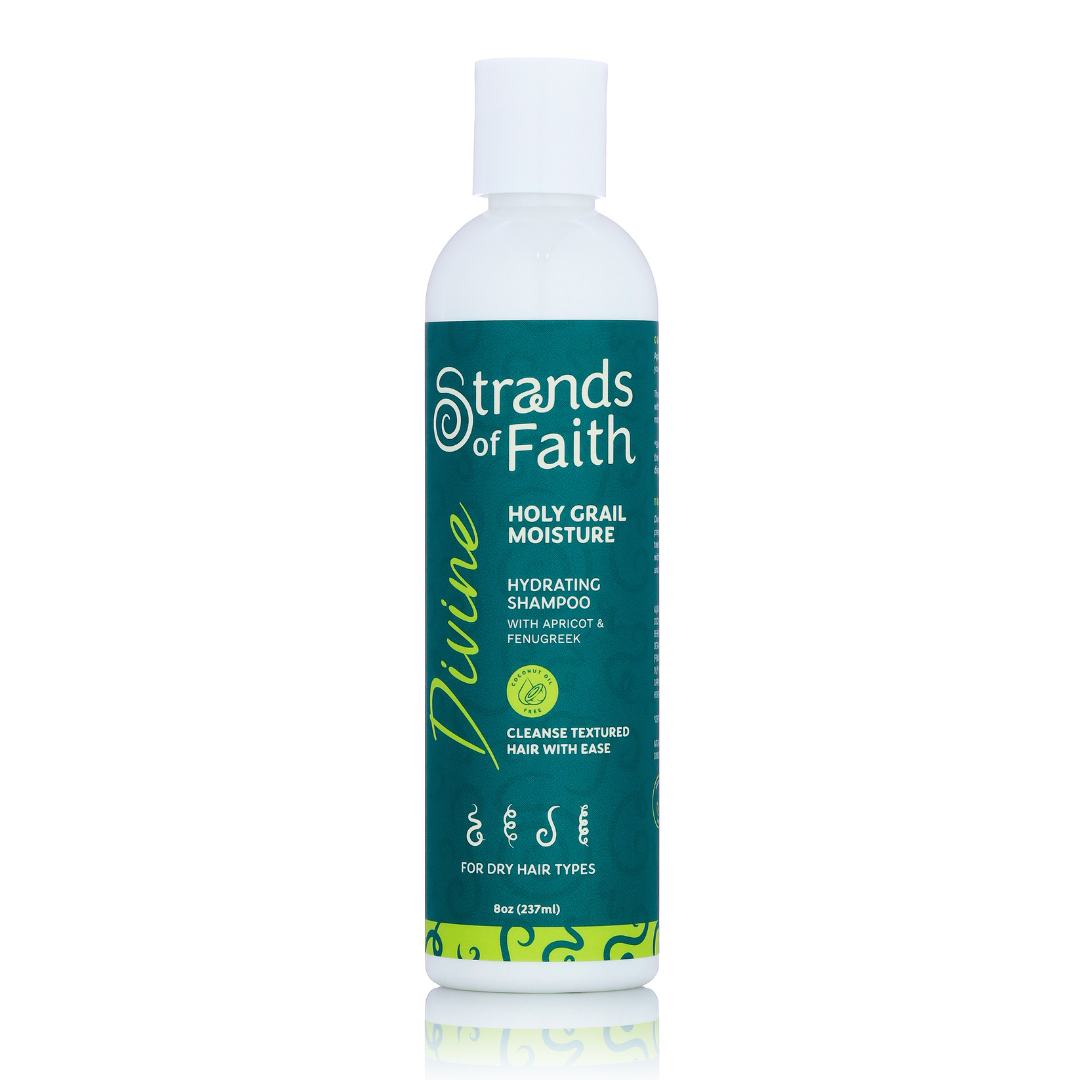
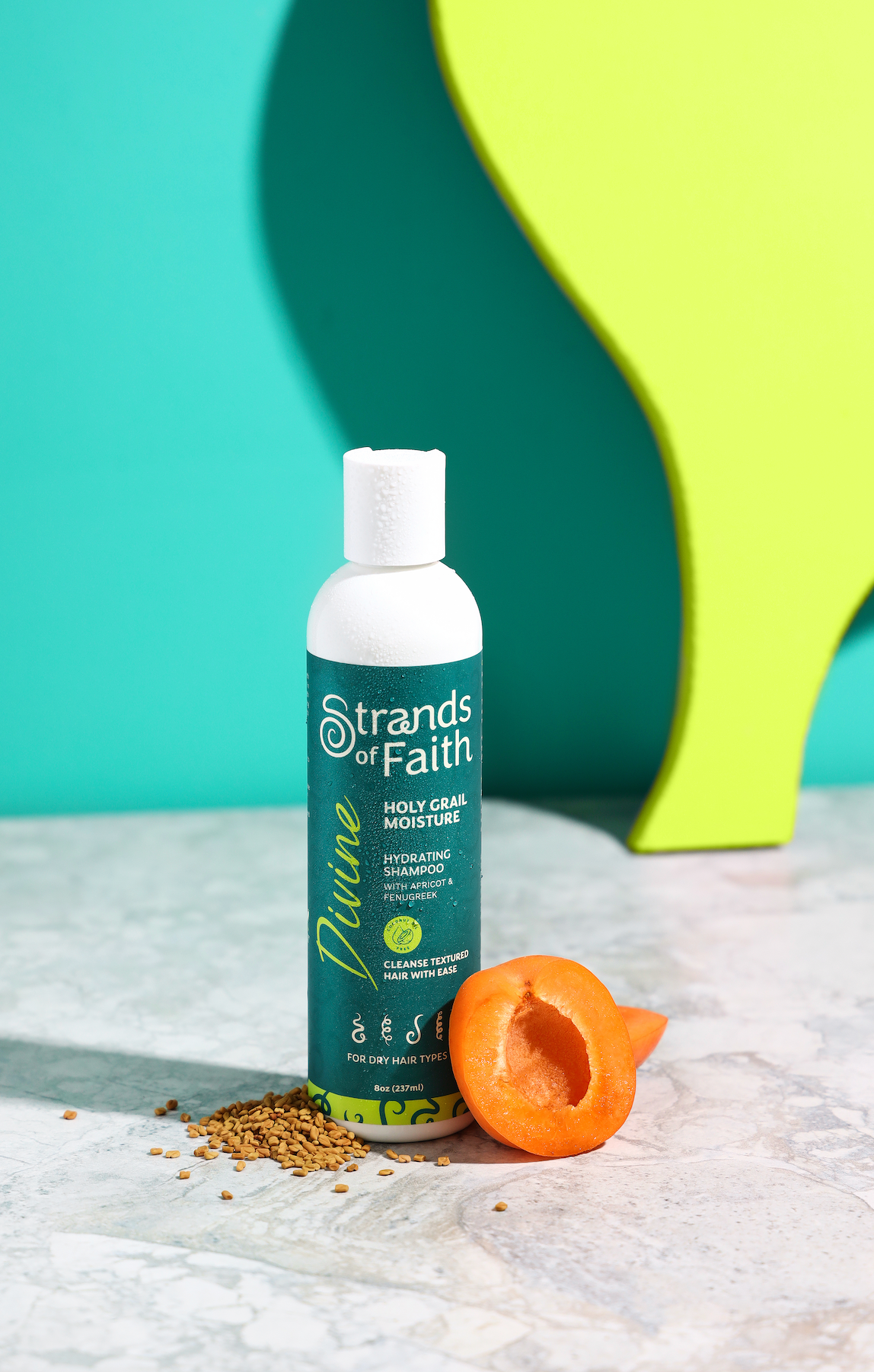
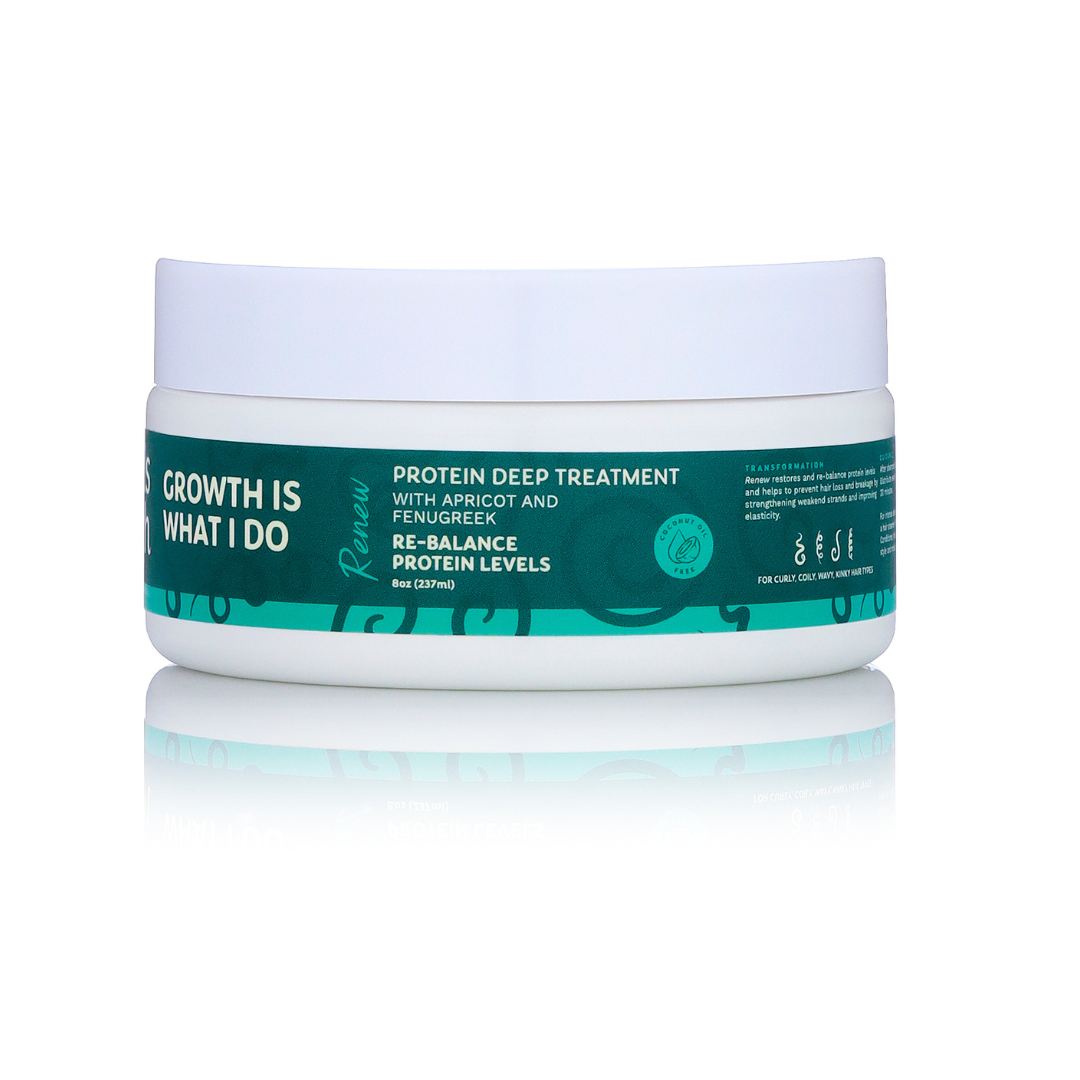
Comments
Thank you for your simple explanation. My hair now makes sense.
Thank you.
This was a great read please do one for us high porosity naturals.